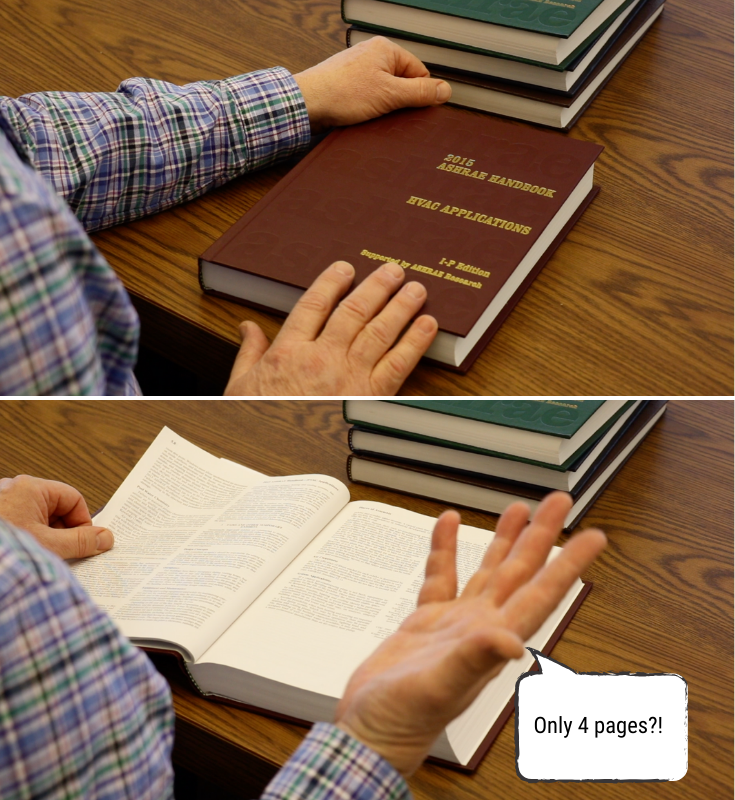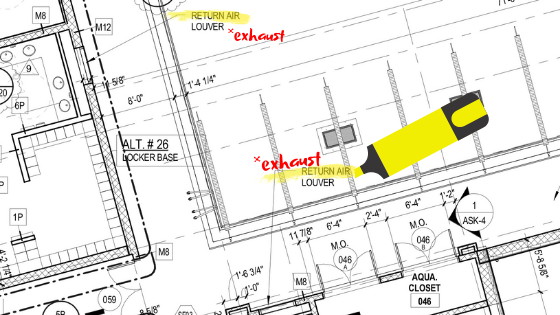What is a Natatorium?
A natatorium is a room that contains an indoor swimming pool. These rooms are very unique and different from any other type of room we can think of. Natatoriums not only have evaporation of a major body of water, but their temperature and dehumidification demands far exceed a normal room. There are variables in natatoriums that exist nowhere else. As a result, designing a natatorium takes specialized expertise and extra care.

Natatorium Challenges
Natatoriums are notorious for having the “pool smell”, or “chlorine smell” in them. Bad pool air quality plagues natatoriums and their reputations. When designed or built improperly–or more commonly, when important elements are “value engineered” out of the project–major problems can occur. And it gets worse, because those problems will persist.
With bad pool indoor air quality (IAQ), eyes and noses get irritated, swimmers and lifeguards cough and have difficulty breathing. General discomfort dominates the experience for swimmers and everyone else in the room. Furthermore, the contaminants that make the pool smell–like trichloramines–are corrosive. Do you have rust around your pool? If so, you know what we’re talking about.
So what causes indoor pools to have bad air quality? Why is indoor air quality (IAQ) such a prevalent problem in natatoriums? What is a natatorium owner and staff to do about bad air? Since we know chloramines are a reality, and we know they are harmful to our health and devastating to our metal components in the natatorium, why do the problems persist?
The knowledge gap

Natatorium chloramine problems persist because there is a knowledge gap. A gap is between water and air experts. The knowledge gap is not because engineers and pool consultants don’t know what they’re doing–because they’re excellent at what they do. Rather, the gap does not fall into anyone’s scope of expertise. ASHRAE §62.1, the design guideline section for indoor swimming pools, is less than four pages long! In other words, neither side really knows the gap between water and air. This is part of the engineer's dilemma when designing a natatorium.
At Chloramine Consulting, our mission is to eradicate natatorium chloramine problems. To eliminate pool IAQ problems, the natatorium air system must match the pool. Correctly designing a natatorium takes coordination between water and air people, and we help make that happen.

 By
By



